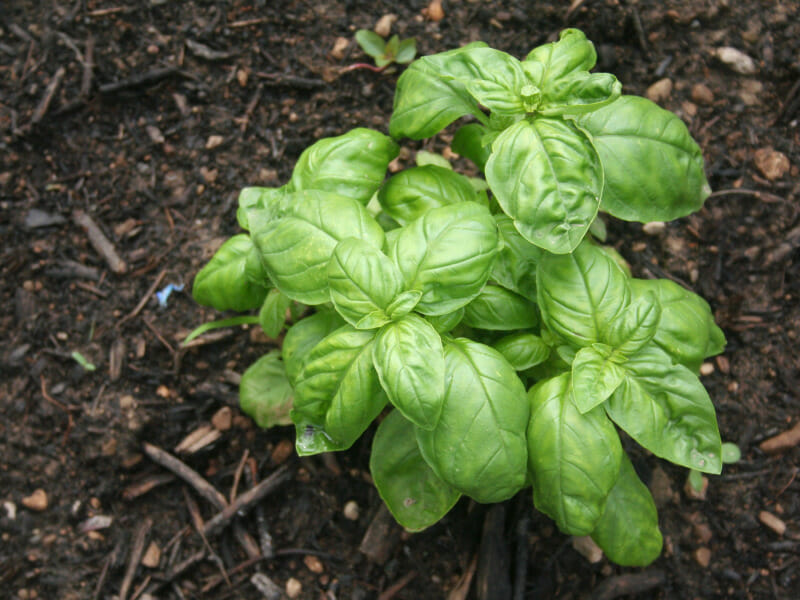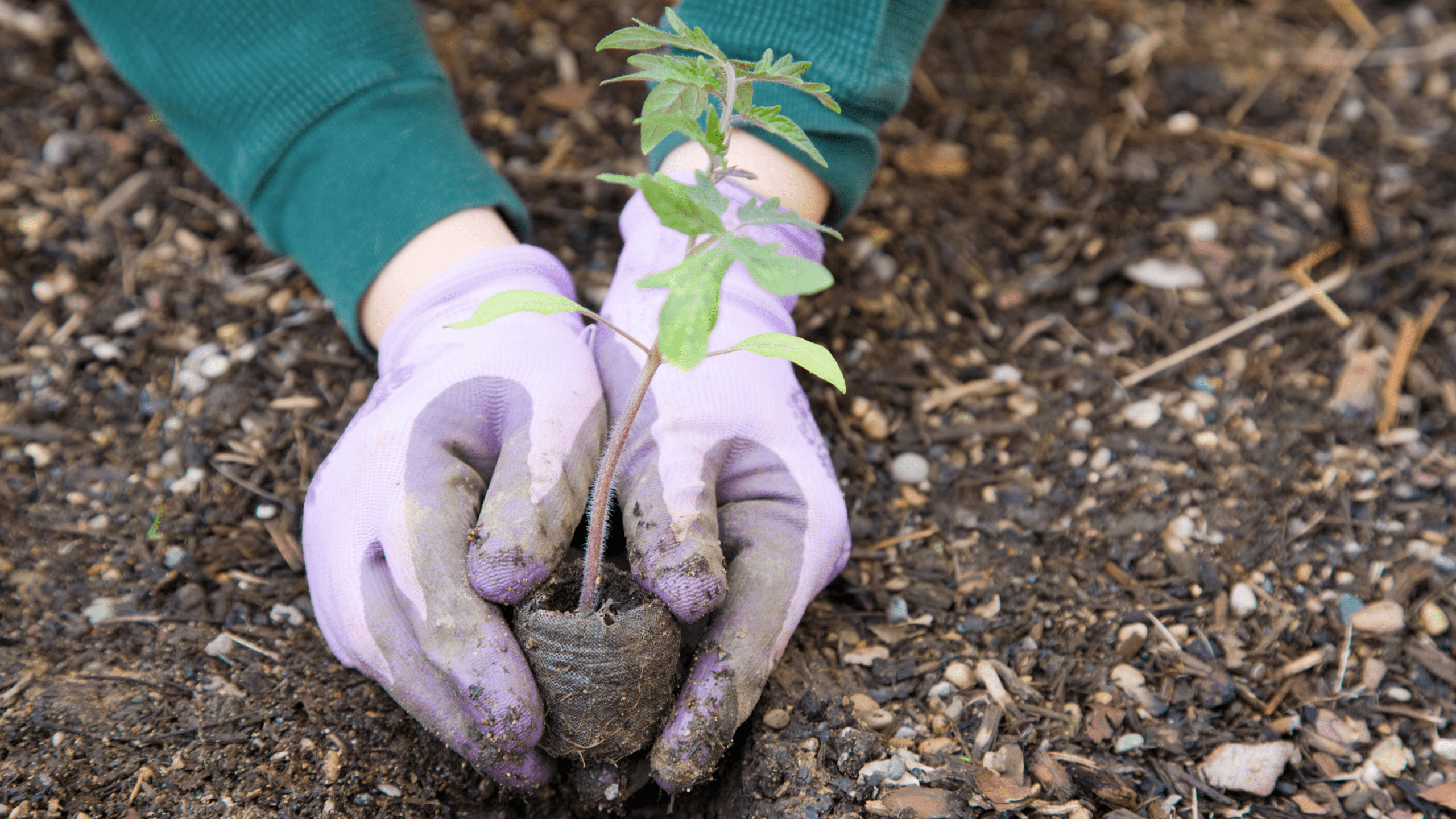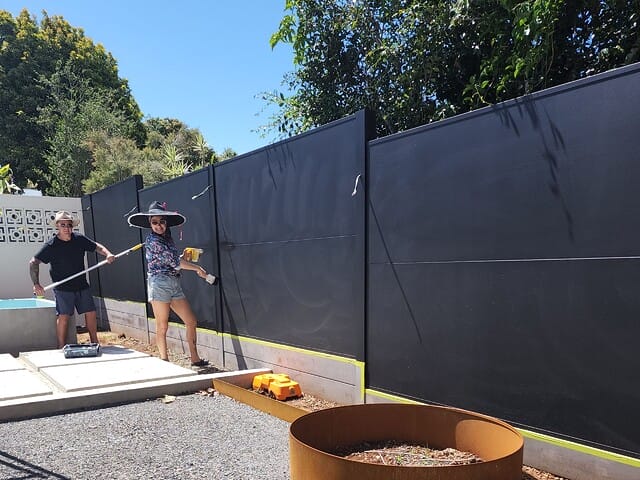Permaculture gardening is fast becoming the smartest way to garden – ensuring your garden is efficient all year round and using certain symbiotic companion pairings and mixes to boost productivity amongst your plants.
Stay wild
To fully develop your garden at home, we must first learn from the thriving nature of the wilderness. Pay close attention to your soil, making sure that it is something that supports and feeds your plants accordingly.
Turn your attentions to ensuring there is little to no waste with your permaculture gardening or organic matter from the kitchen – whatever dies or is pulled out, except for infected plant matter, should be composted and returned to the soil through mulch to boost its own nutrition. Get your garden to sustain itself, without additives such as store-bought fertilisers, pesticides or boosters. If you have a pet, use their droppings to enhance the nutrition in your mulch. This cyclical practice ensures an energy-efficient, resourceful system that is at the core of permaculture gardening.
Try replacing most of your annuals into perennials, to ensure a thriving garden year-round. Harvest seeds from the plants you grow and utilise your space wisely – rows do not equal smart gardening anymore. Fill spaces in the garden with complimentary plantings and do a bit of research to ensure that each bordering plant has an advantage to its neighbour – this winding, interlocking garden with provide a lusher appearance and yield with these intimate, close-knit microclimates.
Minimise your watering needs by installing natural watering systems, such as ponds and micro-catchments for rainwater, and find ways to re-use grey water from your home. Natural irrigation systems used in permaculture limit the need for you to add water to the ecosystem, instead utilising rivets and puddling techniques to store and use water more efficiently.
Swap pesticides for natural pest control alternatives – chamomile tea and seaweed, garlic and paraffin oil, and rhubarb are all popular organic sprays that are useful in general purpose pest deterrent.


Companion Pairing
Certain pairings can work as a “security guard” or sorts to their neighbouring plants. For instance, buckwheat attracts hover flies, which then prey on aphids, leaf hoppers and mealy bugs. Introducing certain predators to your garden could also be beneficial in keeping the pests down. Frogs, wasps or even ducks can play a significant role in protecting your garden, as well as adding a beautiful natural element to your garden space.
Some handy herb and plant companion ideas include:
- basil grown next to tomatoes, to repel flies and mosquitoes
- chives planted with carrots
- dill away from carrots but around cabbage
- mint deters white cabbage moth, while thyme deters cabbage worms
- oregano is a friendly herb pairing for all vegetables
- parsley aids the growing of asparagus, corn and tomatoes
- rosemary and sage are beneficial to cabbage and carrots, as long as the sage is kept away from cucumbers
The list goes on. Sit down one day and create a map on paper, designing a permaculture garden where each organism can thrive off the other. Your gardening tasks will be to simply monitor and sustain this harmonious ecosystem. Over time, you will find new ways to add benefits that complement the natural way your garden wants to grow; a cycle of observing, modifying and observing again.
Above all, find a balance that brings you joy; gardening should be an act that brings you peace, fulfilment and pleasure. Plant a garden that will suit your lifestyle and enjoy the fruits (and veggies, herbs, flowers and shrubs) of your labour! If you’re interested in building some easy garden beds, or need a new garden fence, check out ModularWalls’ boundary fences and retaining walls.



